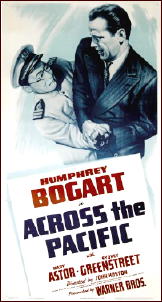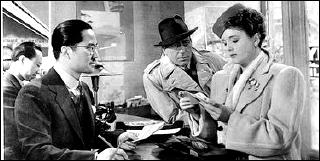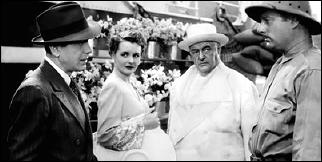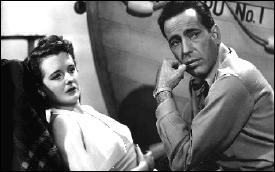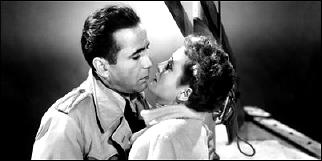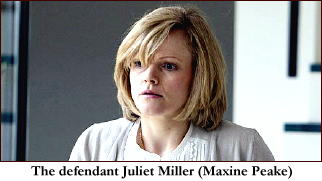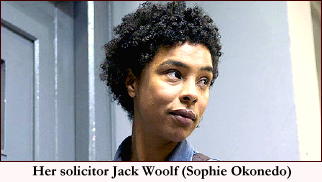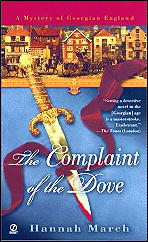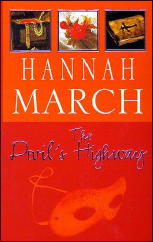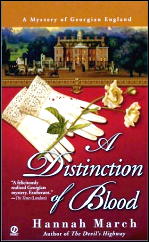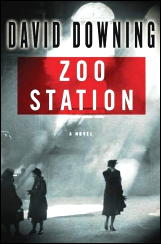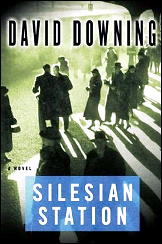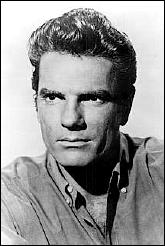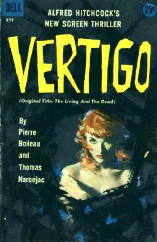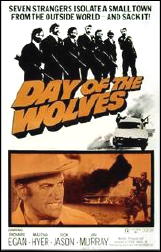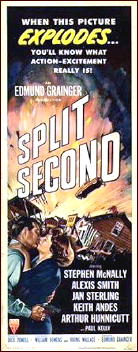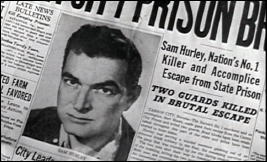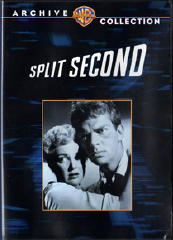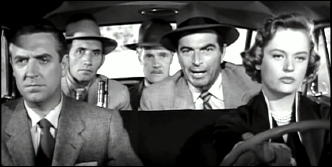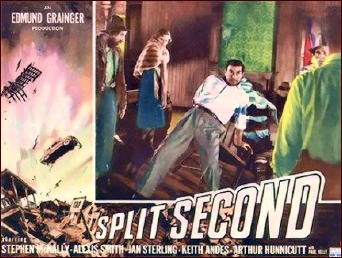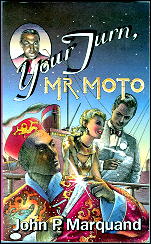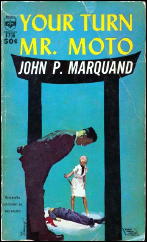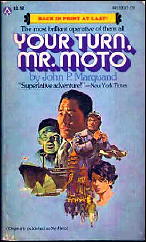Fri 19 Mar 2010
Reviewed by William F. Deeck: BERYL WHITAKER – Of Mice and Murder.
Posted by Steve under Authors , Bibliographies, Lists & Checklists , Reviews[2] Comments
William F. Deeck
BERYL WHITAKER – Of Mice and Murder. Robert Hale, UK, hardcover, 1967. No US edition.
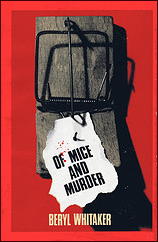
It is difficult not to expect good things from a novel that begins in such a manner, and Whitaker provides them. Her detective, in this and apparently her three other novels, is John Abbot, a schoolmaster with a private income and criminology for a hobby. Abbot is not a particularly interesting man; thus, paradoxically, he is most interesting.
With no present crime to pique his interest, he is studying the William Herbert Wallace case. He abandons this when his twin sister points out the affair at Turton Caundle, where a human body was burned in place of the traditionally stuffed “Winter Figure.”
Abbot goes to the village to investigate and finds himself becoming equally as, perhaps more, interested in a horrible accident that took place in the village a few months earlier.
Despite the murderer and the motive being evident, the novel holds one’s attention. The light beginning changes to a darker tint as the plot unfolds and Abbot, in his interviews, discovers the solution. Very close to first class.
Bibliographic Data: [Taken from the Revised Crime Fiction IV, by Allen J. Hubin.]
WHITAKER, BERYL (Salisbury). 1916-1996. Series Character: John Abbot, in all.
Of Mice and Murder (n.) Hale 1967.
A Matter of Blood (n.) Hale 1967.
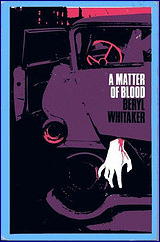
The Chained Crocodile (n.) Hale 1967.
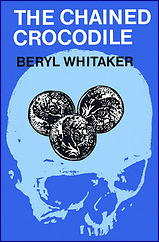
The Man Who Wasn’t There (n.) Hale 1968.
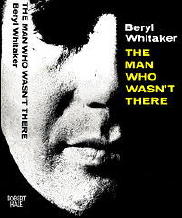
Editorial Comments: At the moment, this is all I know about the author. Of her four mysteries, copies of only two of them can be found for sale on the Internet, Crocodile and Mice, with only two sellers offering the latter for sale, one for around $50, the other $120. Out of my league, I’m afraid.
Bill’s review makes the $50 one tempting, though, as he seldom used the phrase “first class” to describe a book. I wish he’d gone into more detail about what he found so enjoyable. It’s tantalizing to read what he has to say and be unable to ask him more.
[UPDATE] 03-22-10. British mystery bookseller Jamie Sturgeon has come across an erroneous entry for the author in Contemporary Science Fiction Authors, included at the editors’ own admission that none of the books she had written at that time were SF.
From the data presented, however, the chronological order of the books has been revised (see above), and the correct spelling of Beryl Whitaker’s middle name (Salusbury) will be noted as such in the next installment of the online Addenda to the Revised Crime Fiction IV, by Allen J. Hubin.
Beryl Whitaker was born August 8, 1916, the daughter of Charles and Rosamund Colman (originally Collmann). Salusbury was her mother’s maiden name. She was married three times; her third husband was Gerald Whitaker, with whom she had three children. She died, as was previously known, in 1996.
Besides the four mystery novels, Jamie also discovered a short story collected in John Creasey’s Mystery Bedside Book 1974 (1973), the title of which is “Two Birds and a Stone,” which first appeared in London Mystery Magazine. Mrs. Whitaker also promised the editors of Contemporary SF Authors that her next novel would be science fiction, but if the book was ever written and published (and if so, under a pen name) is not known.
[UPDATE #2] Later the same day. In a copy of one of her books, Jamie has discovered a handwritten Thank You note from the author to a friend. Omitting the portions of a personal nature, Mrs. Whitaker says in part:
“I thought I would write thrillers because I didn’t reckon I had the talent to write the stuff I’d really like to. So you see this is why my little crime novels have their serious side, and are in some cases, sad.”
[UPDATE #3] 03-23-10 Thanks to Jamie once again for supplying the cover images you now see.
